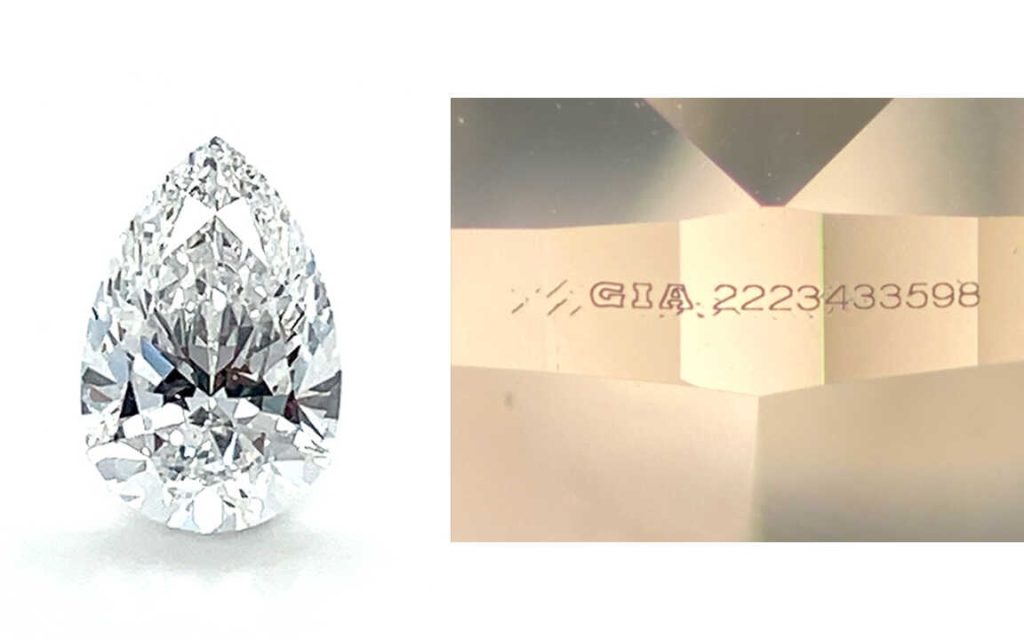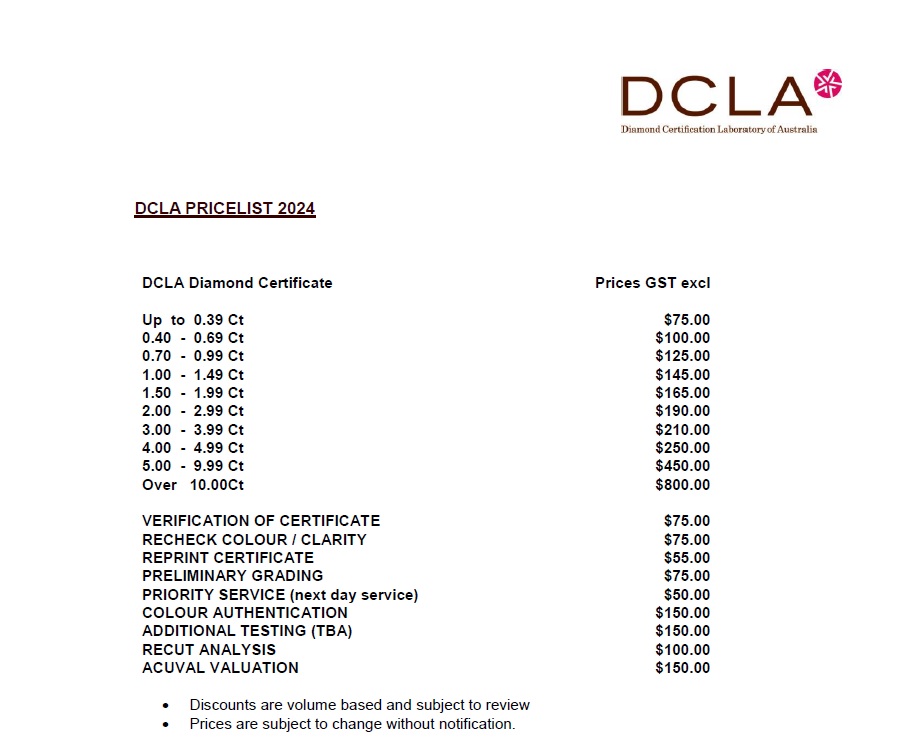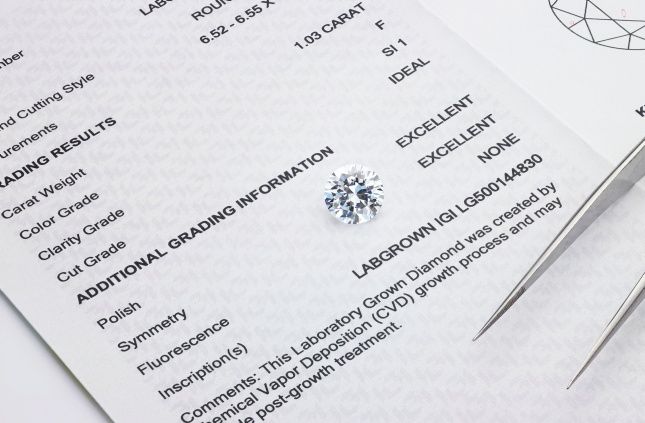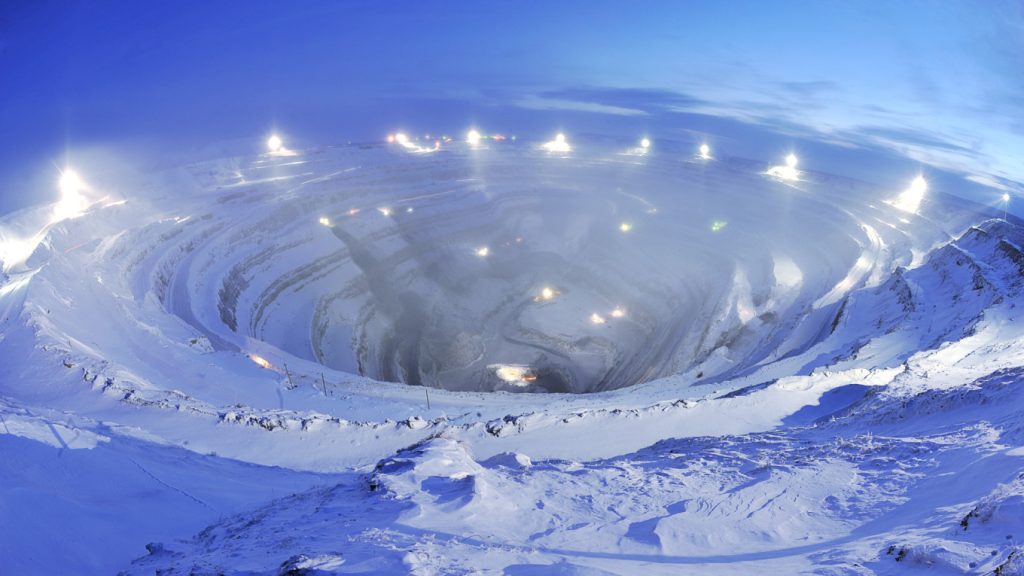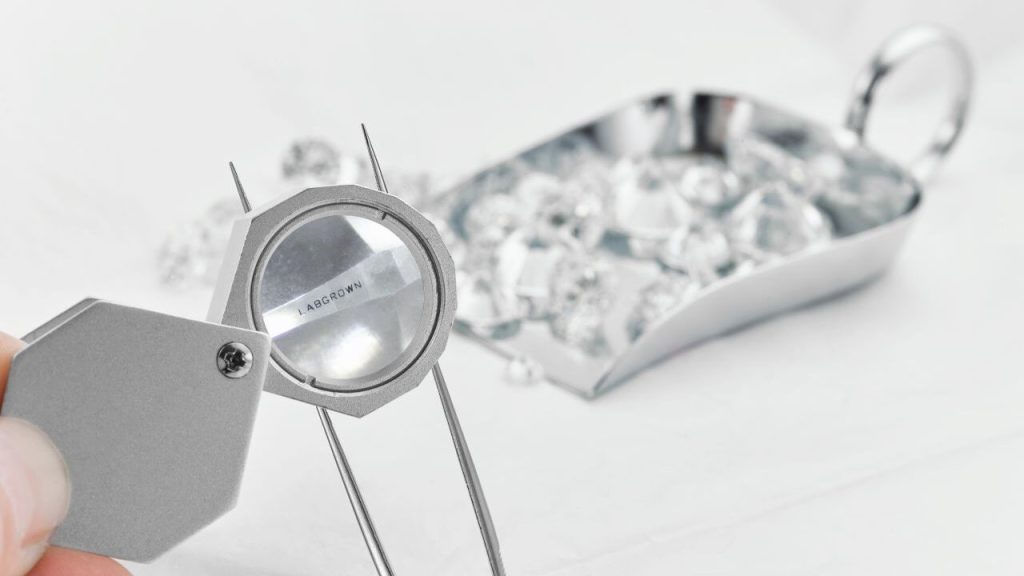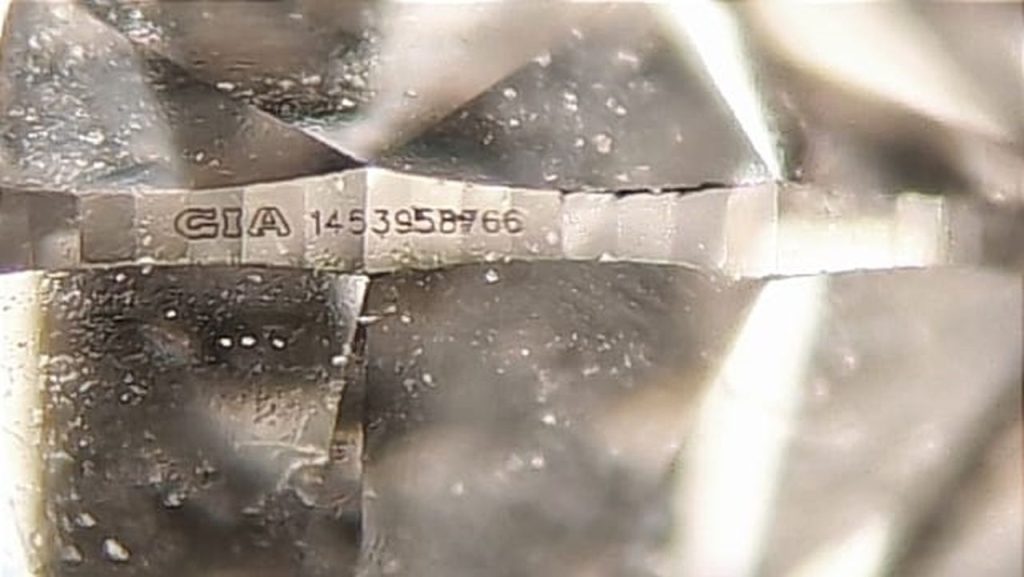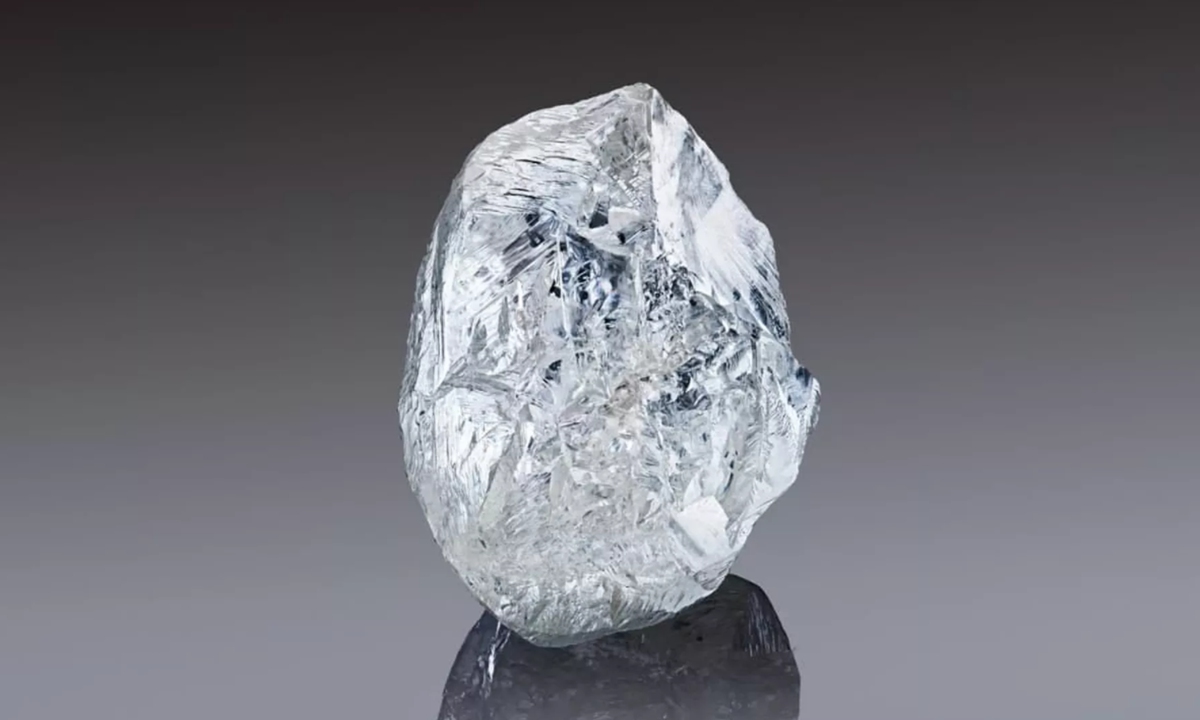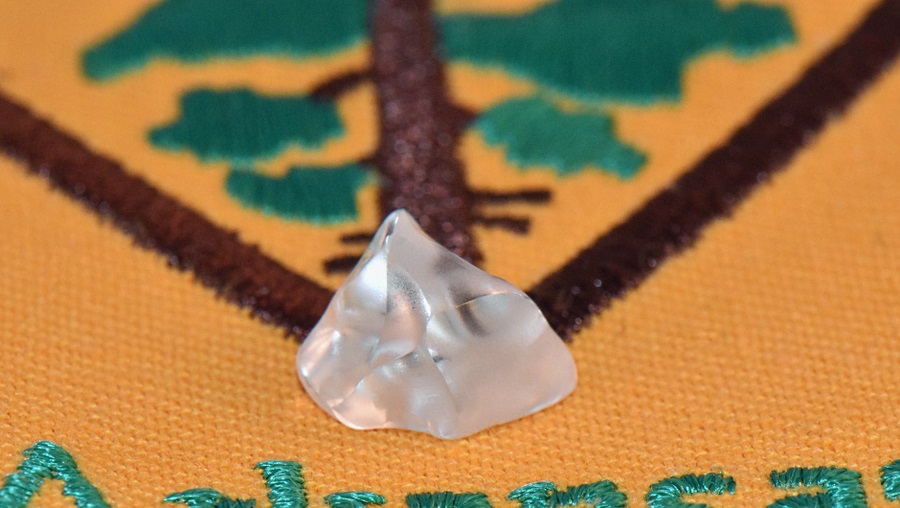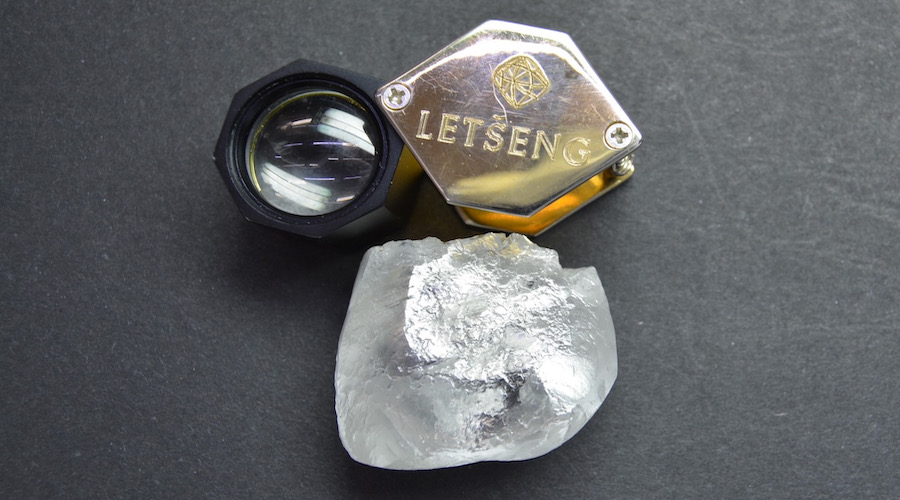
Africa-focused miners Gem Diamonds and Lucara Diamond have recovered big, high-quality Type IIa diamonds at their respective operations.
Gem Diamonds said on Thursday it had unearthed a 295-carat rough stone at its Letšeng mine in Lesotho, adding to a long list of diamonds over 100 carats found at the operation over the past two years.
The prolific mine is one of the world’s ten largest diamond operations by revenue. At 3,100 metres (10,000 feet) above sea level, Letšeng is also one of the world’s most elevated diamond mines.
Canada’s Lucara recovered a 166-carat rough in the Coarse X-Ray Transmission unit at its Karowe diamond mine in Botswana. The company said the precious stone was sourced from direct milling of ore from the South lobe of the mine.

Lucara’s latest find is the 328th diamond over 100 carats found at Karowe since it began operations in 2012. Chief executive William Lamb said the recovery further supported the economic rationale for investing in the underground expansion project to extend the mine’s life to at least 2040.
The recoveries bring some positive news into a market affected by ongoing weak conditions, with prices for wholesale polished diamonds dropping 20% last year, which also dragged down rough diamond prices.
Source: mining.com

